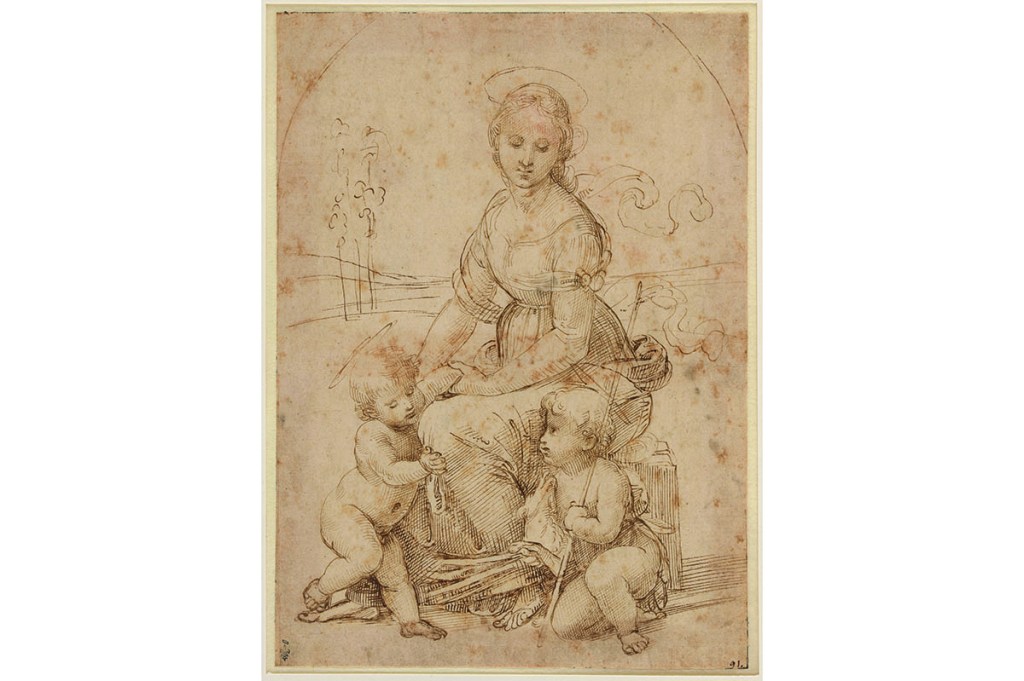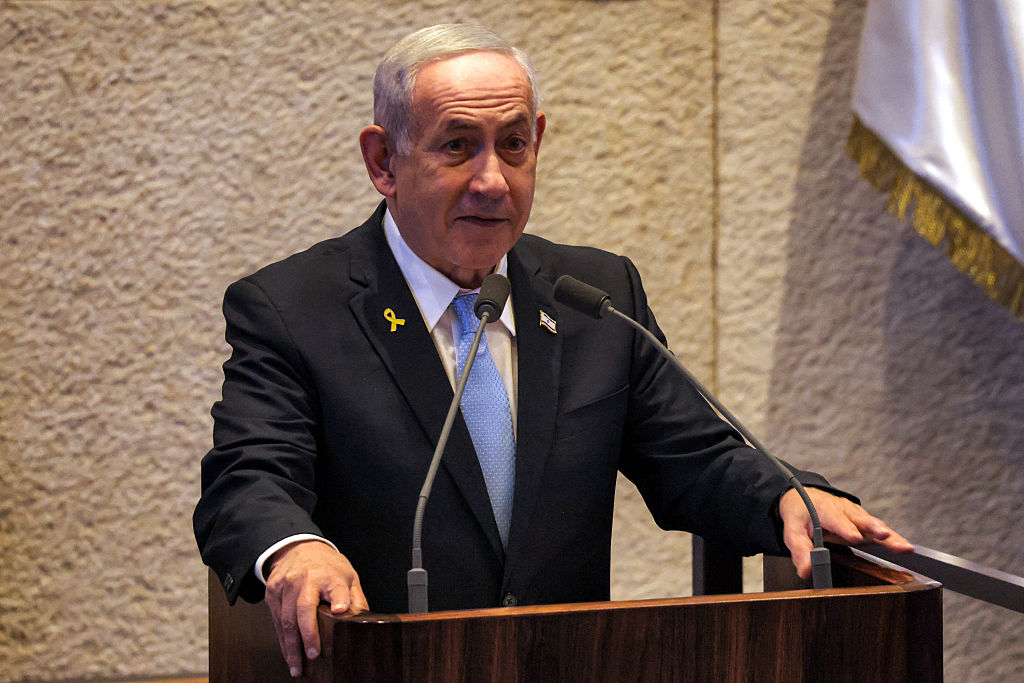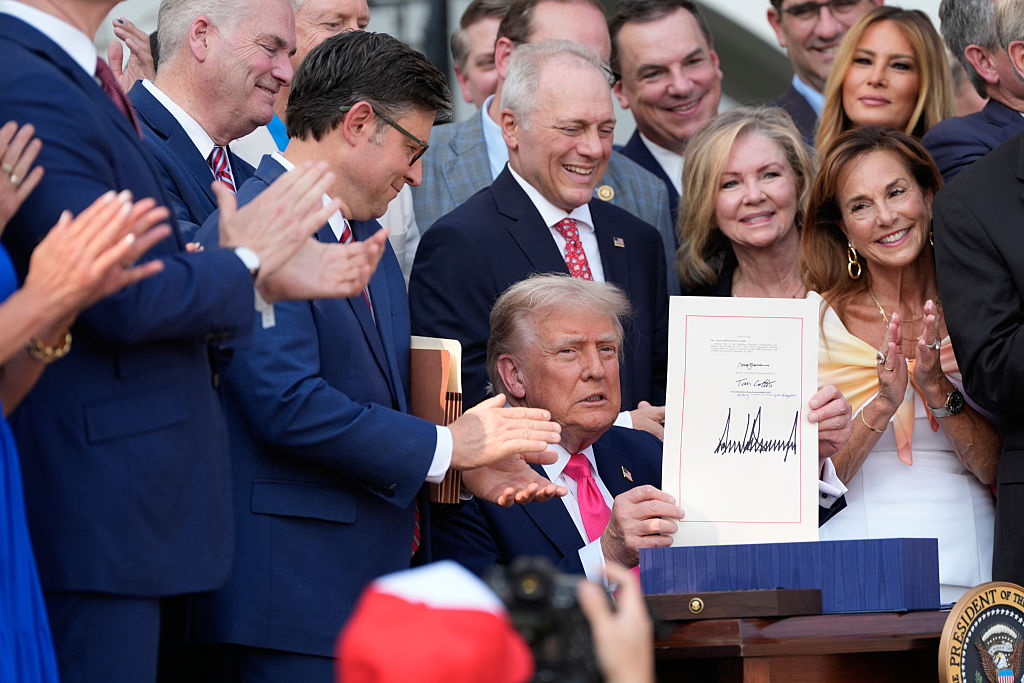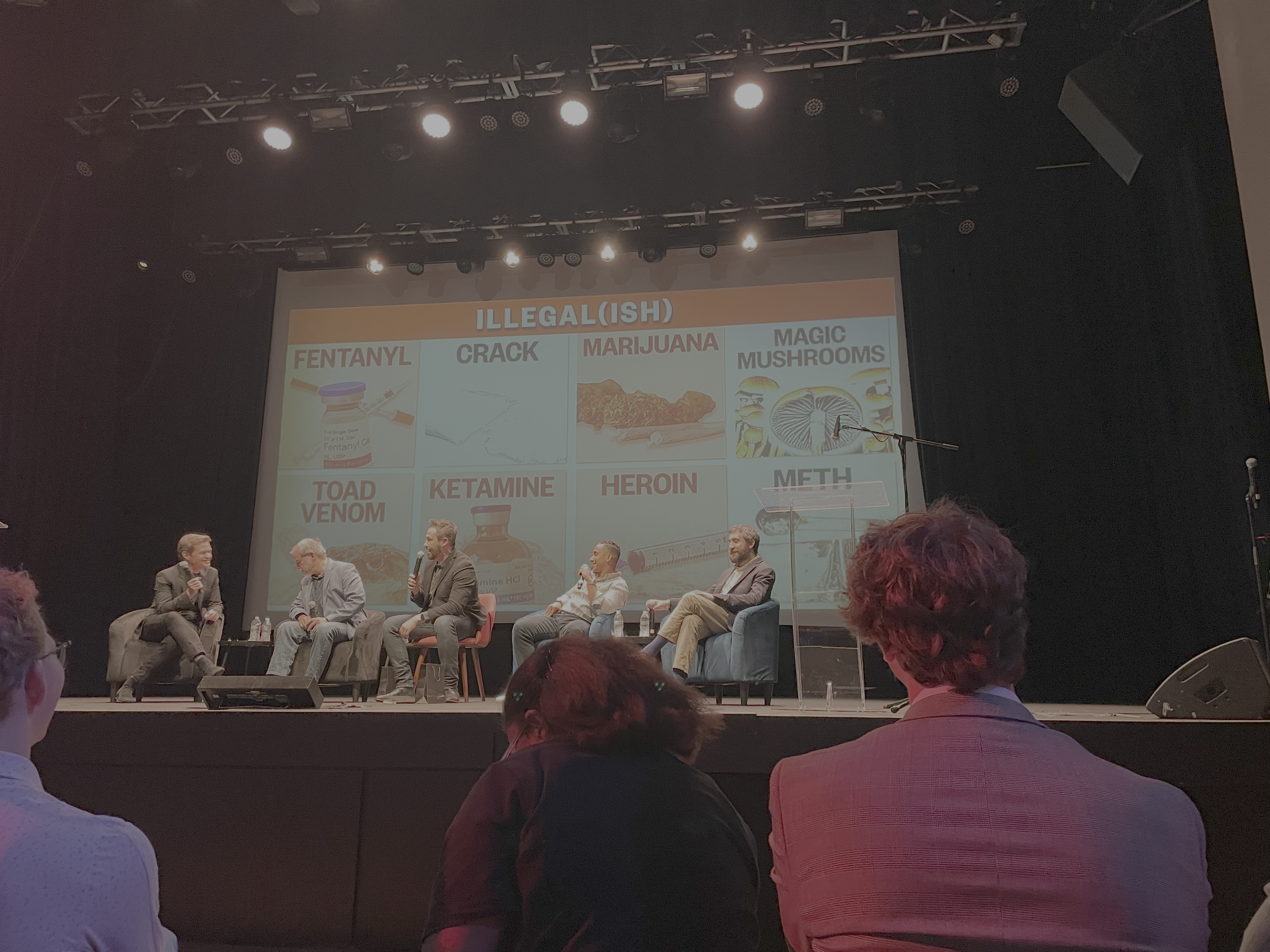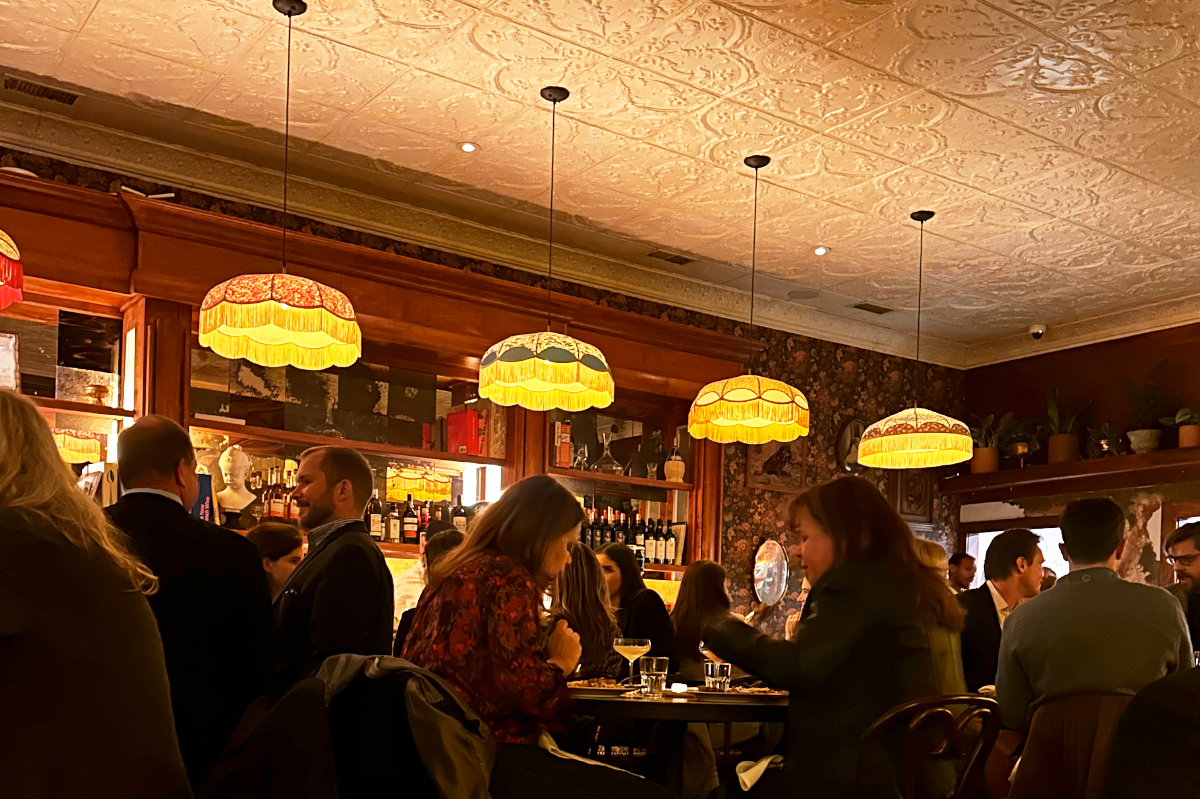This article is in The Spectator’s February 2020 US edition. Subscribe here.
At the time of his death on Good Friday, 1520, Raffaello Sanzio of Urbino was the most successful artist the world had ever seen. In terms of sheer skill, expert judges like the historian Paolo Giovio rated him third among the supreme trinity of Renaissance artists — after the stiffest imaginable competition, Michelangelo and Leonardo da Vinci. But in terms of worldly success, Raphael died as the unchallenged prince of artists.
He was the favorite artist of the greatest patron in Christendom, the Medici pope Leo X. He had been commissioned to decorate the most prestigious monuments in Rome. He had painted three apartments, the Stanze, in the newly renovated papal palace and had provided designs for 10 large tapestries to be hung on the lower walls of the nearby Sistine Chapel, whose ceiling had been painted by Michelangelo less than a decade before. Following the death of Bramante in 1514, he had been appointed the architect of New St Peter’s Basilica, the principal church of Christendom, an appointment that would be held by Michelangelo after him. He had created for himself the post of surveyor of antiquities in Rome, which gave him authority over the artistic remains of Ancient Rome.
As a Groom of the Chamber, Raphael was an official member of the papal court. He presided over an atelier of unprecedented size, with at least 50 apprentices and collaborators dealing with the flood of rich commissions that arrived almost monthly at his Bramante-designed palace in the Borgo. He had been knighted by the pope for services to Christendom and had won noble status as a member of Order of the Golden Spur.
At the time of his early death at the age of 37, Raphael was hesitating between marrying the ‘niece’ (a Roman euphemism for daughter) of Cardinal Bibbiena, Pope Leo’s closest friend, or pressing his case to be made a cardinal himself — an ambition that Raphael’s biographer Giorgio Vasari considered by no means absurd. His funeral was a state ceremony and he was buried, at his own request, in Rome’s most famous ancient temple, the Pantheon, his moving epitaph having been written by the pope’s secretary, Pietro Bembo, the most famous man of letters in Europe. Raphael’s brilliantly inventive and harmonious compositions were imitated by thousands of European artists well into the 19th century.
This year, the 500th anniversary of his death, art lovers will have an unprecedented opportunity to enter the world of this most beautiful of Renaissance artists. The celebrations began late last year in Raphael’s birthplace, Urbino, where the Galleria Nazionale delle Marche mounted a small exhibition of early works and those of his teachers and local contemporaries. This fall, a major exhibition will open at London’s National Gallery, which owns 11 Raphael paintings and has secured international loans of at least 19 more.
The year’s biggest Raphael exhibition — and the most comprehensive ever mounted — will be held in Rome at the Scuderie del Quirinale, once the papal stables, now an exhibition space owned by the Italian presidency. That show will display more than 200 masterpieces by Raphael, his contemporaries and followers. One hundred of these will be works by Raphael himself, including 40 paintings, more than a third of his surviving works in that medium, from the Louvre, London’s National Gallery, the Prado in Madrid and the Uffizi in Florence, which is co-sponsoring the exhibition.
Foretastes of these major exhibitions can be seen in the United States and France. This month, Raphael and His Circle, a small show of 25 prints and drawings, including four by Raphael himself, opens at the National Gallery in Washington, DC. The National Gallery’s five Raphael paintings will remain on view in their regular places, and visitors will see a preparatory drawing for one of them, ‘St George and the Dragon’ (c.1506). The exhibition also includes a well-known study for the Chigi Chapel in Santa Maria della Pace, and ‘The Prophets Hosea and Jonah’ (c.1510), a remarkable drawing which reveals Raphael’s close study of Michelangelo’s Sistine Chapel. Raphael was perhaps the canniest promoter of his own work before Rubens and Rembrandt, and visitors to Washington will learn how he disseminated his designs through the work of his collaborators and contemporary engravers, particularly Marcantonio Raimondi.
Next month, another small exhibition opens at the Musée Condé in the delightful Château de Chantilly outside Paris. The museum owns three paintings by Raphael, including one of his few secular paintings ‘The Three Graces’ (1504–05) and drawings from all phases of his career. Outside loans will allow visitors to study a drawing for the Condé’s own ‘Madonna of Loreto’ (c.1511) and investigate the relationship between Raphael and two important early influences, Perugino and Pinturicchio.
There has not been such an opportunity to enjoy the works of this supreme artist since 1983’s exhibitions marking the 500th anniversary of his birth. For most of us, this year’s Raphael shows will be the chance of a lifetime.
This article is in The Spectator’s February 2020 US edition. Subscribe here.



